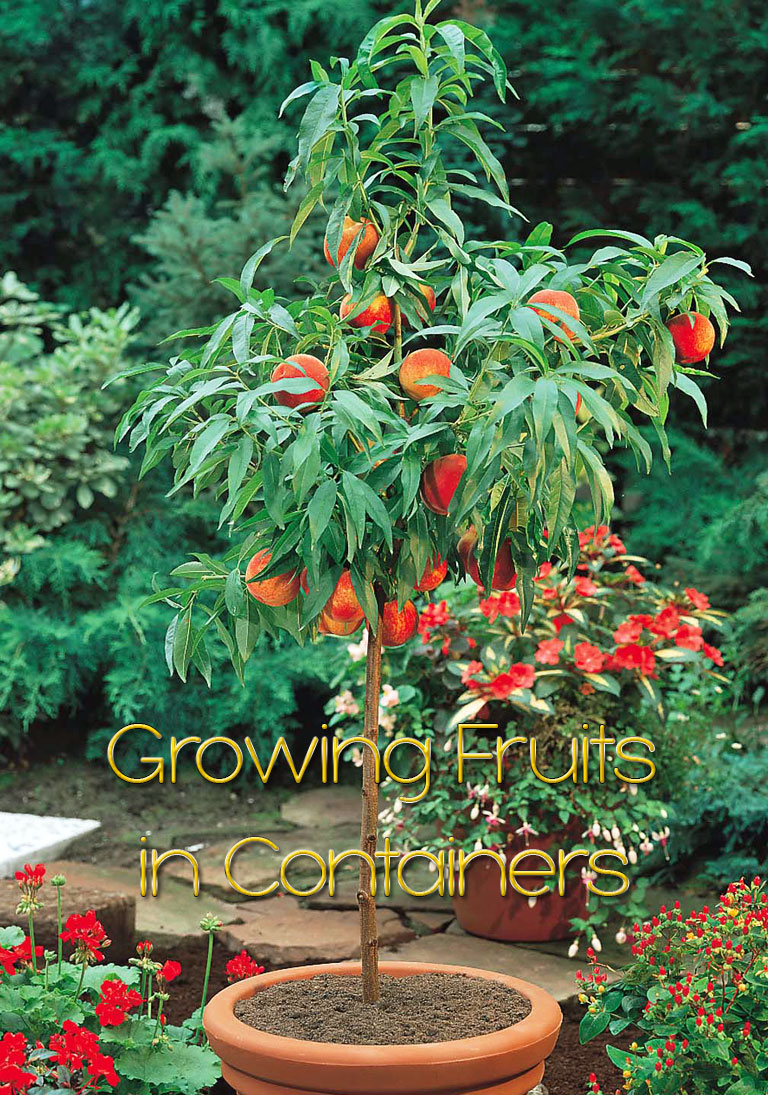
Tips for Growing Fruits in Containers
If you have poor soil, limited time or a small space for fruit gardening, limited mobility, or want to garden creatively or on patios, then you should consider growing fruits in containers. Half-high blueberries, blackberries, raspberries, dwarf fruit trees, and even grapes can be grown in containers. All grow best in full sun, although brambles will tolerate light shade (with less yield). Keep in mind that blueberries and most fruit trees need at least two different cultivars, blooming at the same time, for cross pollination and fruiting.
Perhaps the main challenge to growing fruit plants in containers in cold northern climates is getting them to survive through winter. Plants in the ground benefit from the stored heat, and if their roots freeze it isn’t to the very low levels that roots in pots above ground can experience. Easiest is to move containers to an unheated shed or garage that doesn’t get much below freezing during winter. Rolling supports with casters helps move large and heavy pots. Another option for milder climates is to pile soil, compost, or straw around the pots, combined perhaps with partially sinking the pots in the ground if they aren’t too large. In even milder climates, a large wooden tub insulated on the inside with a solid foam material as used in construction may be sufficient.
Minimum pot size is a 5-gallon pail or pot, but 15- to 20-gallon is better. Many large containers will work for fruits, ones that are 18 to 24 inches wide and at least 12 to 16 inches deep being ideal. If deeper, you can add a false bottom or fill with lightweight material such as wood chips. I use plastic pots turned upside down. A large plastic pot is easier to move than clay ones, or consider a whiskey barrel half or lightweight plastic tub.
Potting soil for containers has very different physical properties than garden soils, so you don’t want to use garden soil that also may introduce diseases. Best is a potting mix of half peat moss and half bagged topsoil or potting soil. Some mix in weed-free compost as well. Leave a couple inches on the top when potting for an organic mulch, or adding a bit of new compost yearly. Plants may need repotting every 3 to 5 years to keep them vigorous.
Keep plants watered well after planting, reducing water in late summer each year. Then over winter keep the soil barely moist. Fertilize with a low analysis fertilizer such as fish emulsion, weekly the first year and monthly in subsequent years. Stop fertilizing in midsummer so plants can harden by winter. Other low nitrogen fertilizers, as used in gardens, can be used.
Grapes lend themselves to growing on a trellis or one of the many decorative structures now available such as obelisks. Although grapes in containers will be smaller plants with lower yields than if grown in the field, they’re both attractive and a good choice if not otherwise possible. Grapes, as many plants, will only grow as large on tops as the roots can support, so fewer roots means smaller tops above ground. Since these can get heavy, you’ll need to fasten the trellis or support to the pot sides with wires or similar.
If the pot becomes top heavy later in the season with older vines, you may need to anchor it to the ground or hold it upright with cinder blocks. Unlike many potted plants, grapes prefer a sandy loam soil. If making your own, a recipe that should work consists of equal parts (by volume) of good topsoil, peat moss, and compost. If using up to 20 percent or so of sand for weight, just make sure the mix drains well.
Grape cultivars (cultivated varieties) best for containers have their fruit clusters close to the trunk rather than at the ends of canes. Seedless cultivars include Canadice and Interlaken, while seeded cultivars include Early Muscat, Seyval and Swenson Red (the latter being a hardy cultivar bred in Minnesota). Sweet Lace is a cultivar particularly suited for patios and trellises, good as both a table (eaten fresh) and wine grape.
You’ll need to prune your potted grapes, the goal being to develop a trunk with several shoots (canes) over the first couple of years. Prune off all but four shoots (off the main trunk) the second and future years. Then, during winter, prune these shoots back leaving “spurs” with two or three buds on each. These will develop into the next year’s shoots. To help the plants get established in the first two years, putting their energy into growth and not fruit, you’ll want to remove all flowers clusters. In the third and subsequent years, only allow 10 to 15 flower clusters for a 5-gallon pot (more for larger pots, less for weak or slow-growing plants). Grapes tend to produce many more flowers than their roots can support, especially if in pots.
Since blueberry bushes can get quite large, look for the lowbush cultivars that only get one to 2 feet high and are quite hardy such as the cultivar Tophat. Slightly taller, and also hardy, are the half-high hybrids such as Northland (3 to 4 feet tall), North Sky (one to 2 feet), and Patriot (3 to 4 feet).
Be sure and check the pH or acidity of the growing mix, as blueberries require an acidic soil. They grow best with a pH of 4.8 to 5.2. Sulfur can be sprinkled lightly on the surface, or mixed in, to help lower the pH. An acidic fertilizer, as sold for hollies and azaleas, may be all that is needed. Make sure and keep roots moist, as blueberries produce many near the surface that are sensitive to drying out. Browning leaf edges may indicate drought.
Brambles such as raspberries and blackberries can be grown in containers, but expect less yields than if grown in the field. The popular Latham might be a good first choice for the summer bearing, with Heritage and the hardy Fall Red for fall bearing. Prune as for those growing in the ground, perhaps a bit heavier if they get too large for the container. Since many brambles like to spread, you should divide and repot in spring every couple years to keep plants vigorous. Use only one plant per container, and use a container wider than deep. If growing near a walk or patio, consider thornless cultivars such as Canby and Encore.
Dwarf fruit trees are ideal for containers, the size being determined partly by nursery pruning, sometimes by the plant genetics, but in large part by the “rootstock” onto which the desirable cultivar is grafted. Many popular cultivars are available as dwarfs, just make sure to choose ones best for your area. Descriptions in specialty catalogs and local nurseries are a good source of this information.
Prune potted dwarf fruit trees as you would those growing in the ground. If you have a narrow space, or want to create a vertical design, try one of the new popular columnar or pillar apples and peaches. While the pillar peaches such as Sweet-n-up, Crimson Rocket, and Summerfest have less spread than their dwarf kin, nevertheless you may need to prune branches back each spring to about a foot to keep the columnar shape. Northpole is a columnar apple with fruit similar to McIntosh, Scarlet Sentinel apples are green-yellow with a red blush, and Golden Sentinel tastes like Golden Delicious apples.

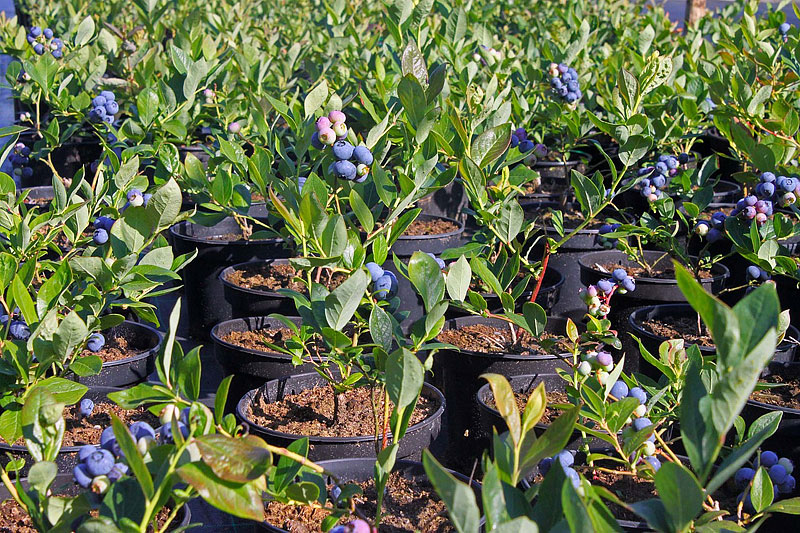
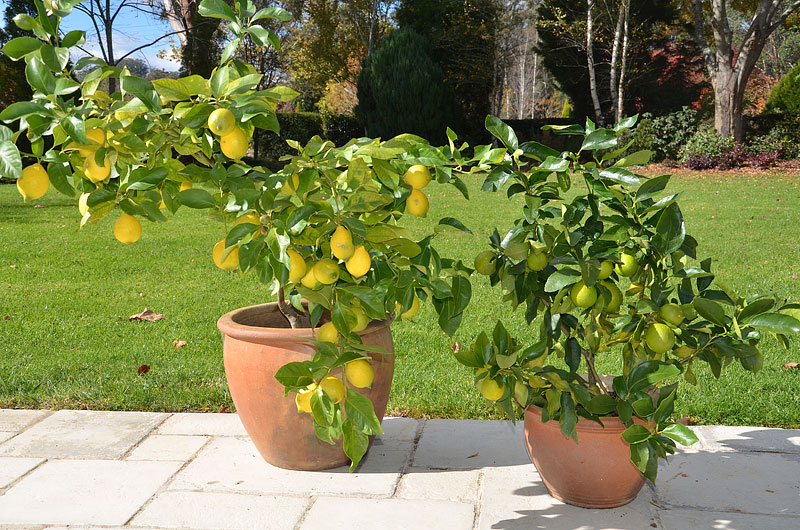

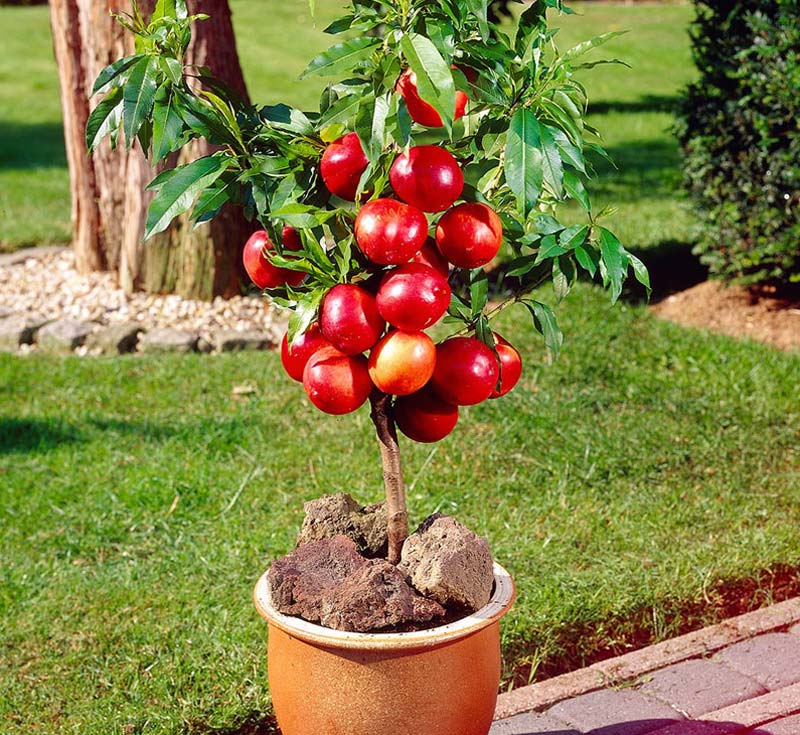
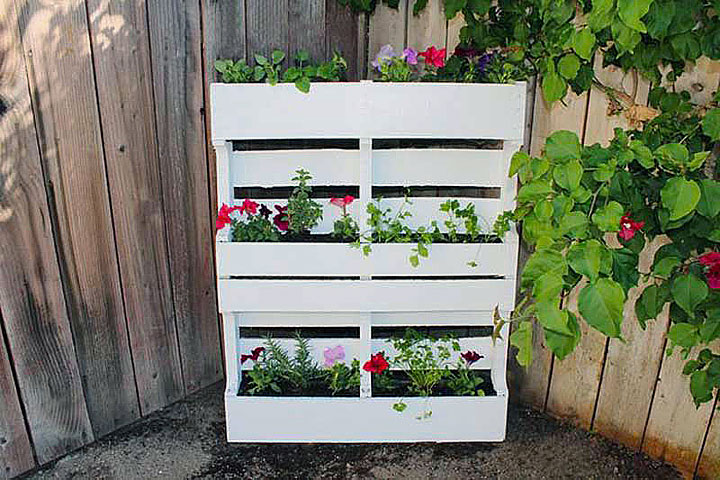
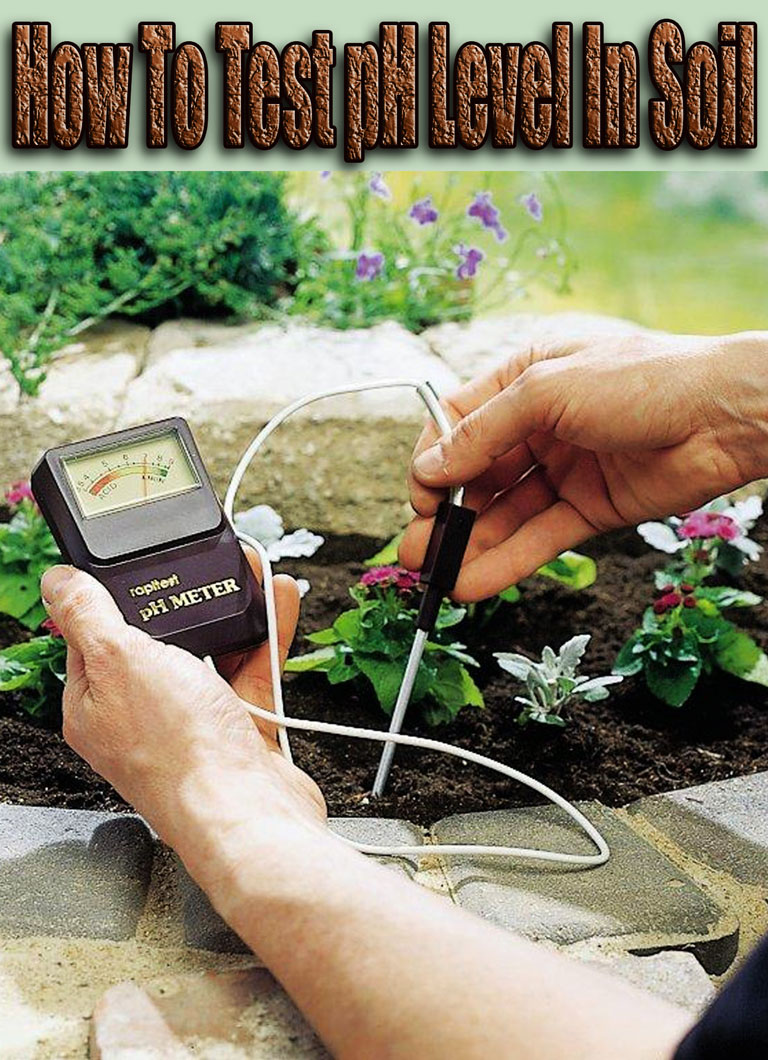
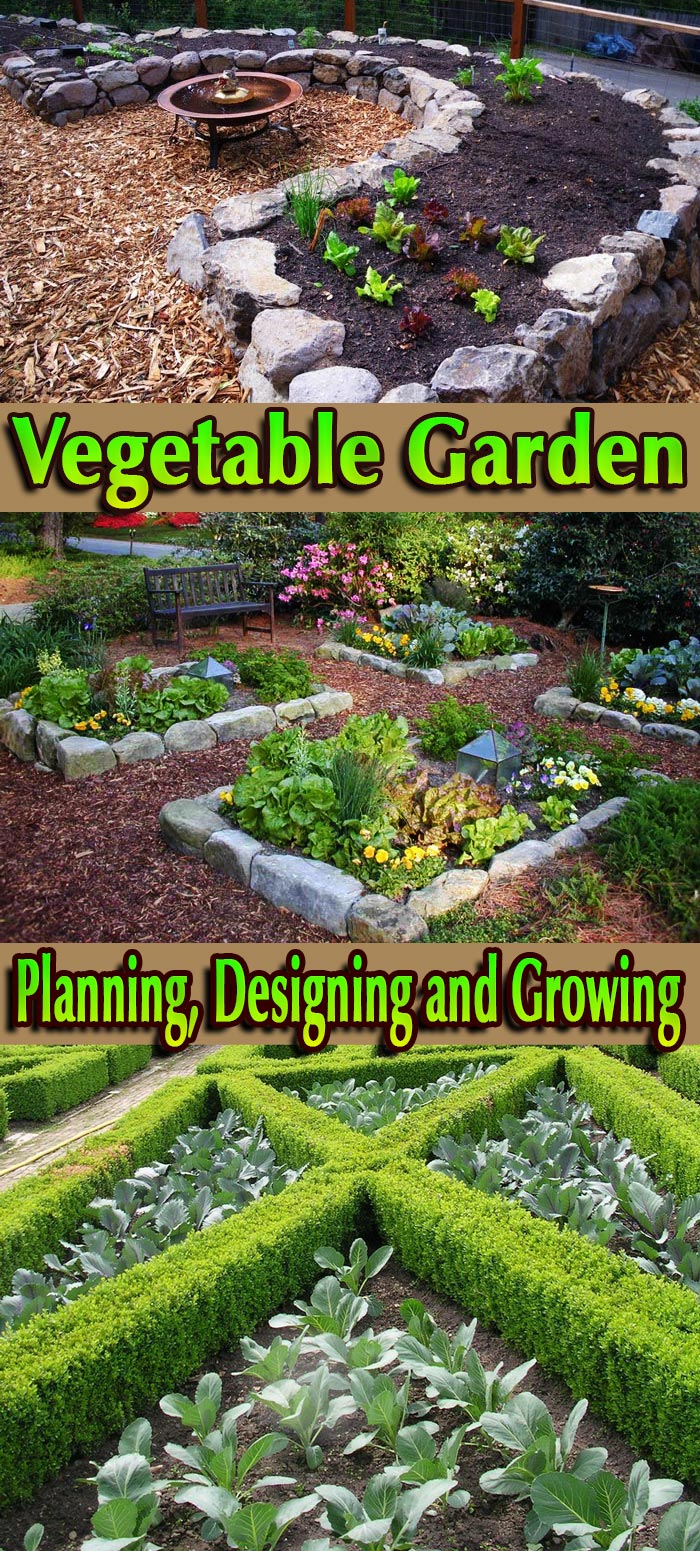
Leave a Reply